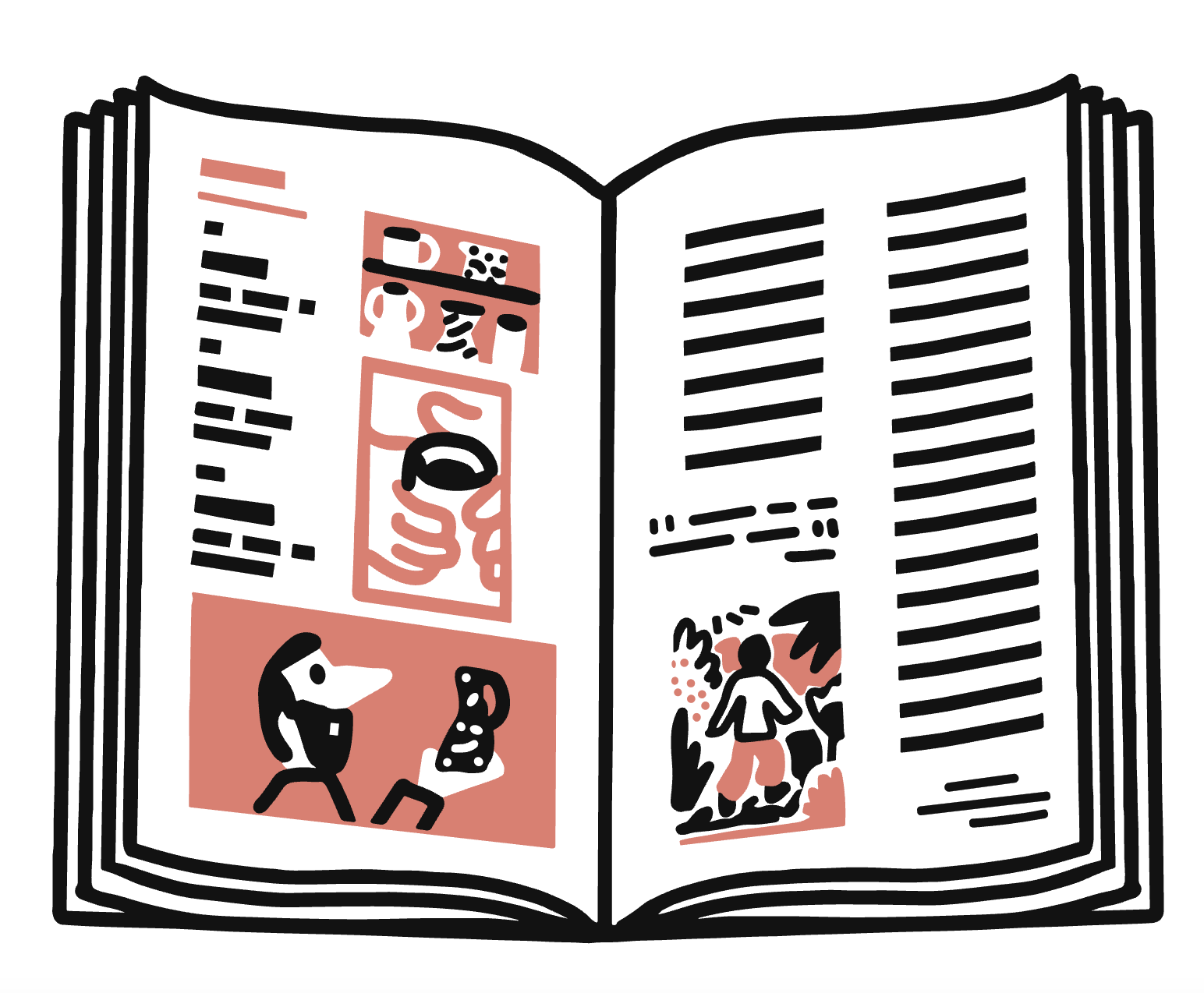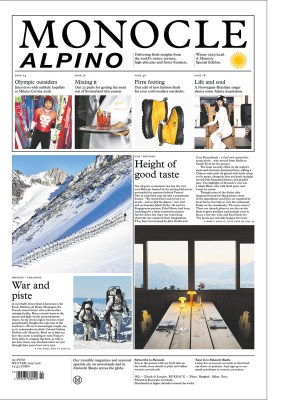Altqadum, the Omani design studio rethinking form and function of shared cultural spaces
This Oman-based architecture firm combines tradition, memory and community to push design in the Sultanate and beyond. We speak to members of its team, Najd Al Balushi and Abdulrahim Alkendi, to learn more.
Sultan Qaboos Grand Mosque might steal the spotlight in Muscat but it’s the smaller, clean-lined Bab Al Salam Mosque that signals a new direction for Omani design. Surrounded by family homes on the city’s outskirts, the building was designed by Altqadum, a design studio and collective founded in 2017 and led by brother-and-sister architects Marwan and Najd Al Balushi, together with artist Abdulrahim Alkendi.
Altqadum’s practice centres on studying Omani culture, from researching the typography of ancient Quranic inscriptions to documenting Muscat’s waning modernism and reinterpreting it through projects spanning architecture, interiors and furniture design. In 2024, Altqadum earned the Urban Commissions prize at Dubai Design Week for TukTukDum, a community table inspired by the Gulf’s musical traditions. It also unveiled its signature Bariid chair at the Design Doha Biennial by slowly melting a large block of ice that encased it.
Work continues apace for the trio and their latest recruit, a onetime intern drawn back by Altqadum’s experimental spirit. Alongside projects in Saudi Arabia, the UAE and a new Dubai office, the firm is developing a book that encapsulates its cultural research. Monocle met with Najd Al Balushi and Alkendi in Muscat to learn more.

What defines your design ethos?
Abdulrahim Alkendi: All of our designs are research-based and there’s a reason behind every detail. In the early days when we were not so busy, we had a Thursday tradition of visiting architectural sites around Oman to gather ideas. Human experience is central to our work, so we speak with people to better understand their connection to buildings, spaces and furniture.
How did this inform the Bab Al Salam Mosque?
AA: We drew inspiration from Samail – a small town known for its farms, with mosques scattered throughout, open to everyone without boundaries. There, everything is surrounded by an Omani irrigation system called a falaj, which, combined with the trees, helps cool the air. All these elements are present in Bab Al Salam. We designed it in a way that allows people to walk in and out easily, and we planted native, low-water Omani trees around it, using a system that reuses ablution water for irrigation.
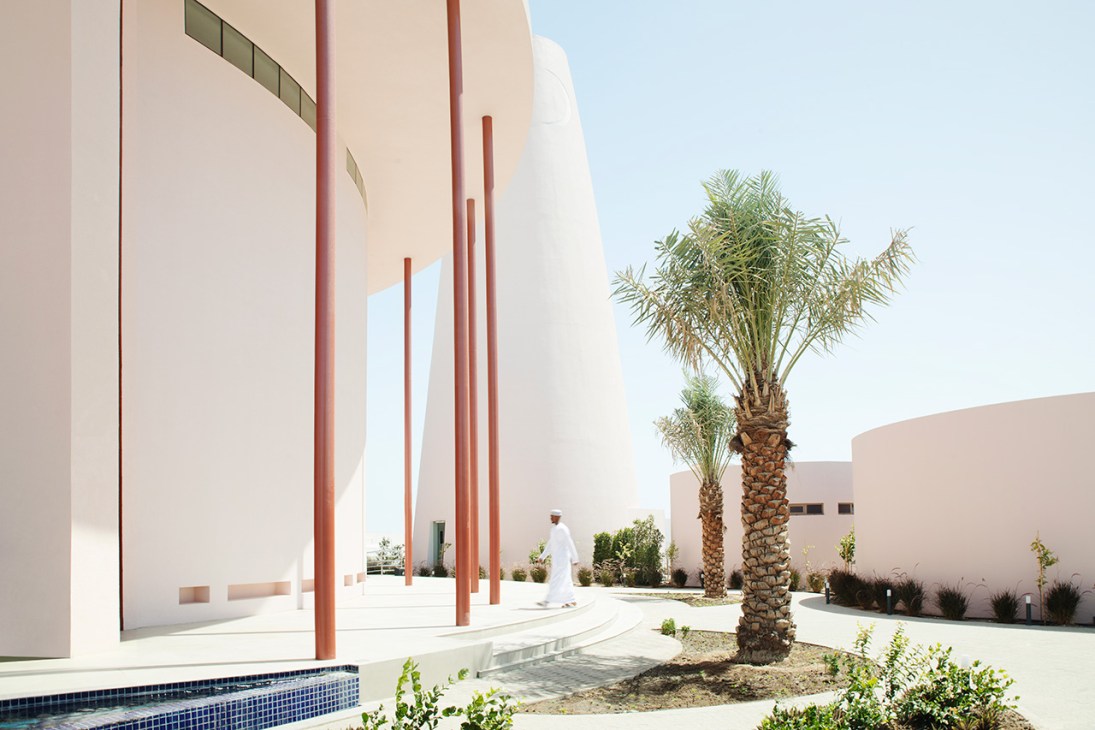
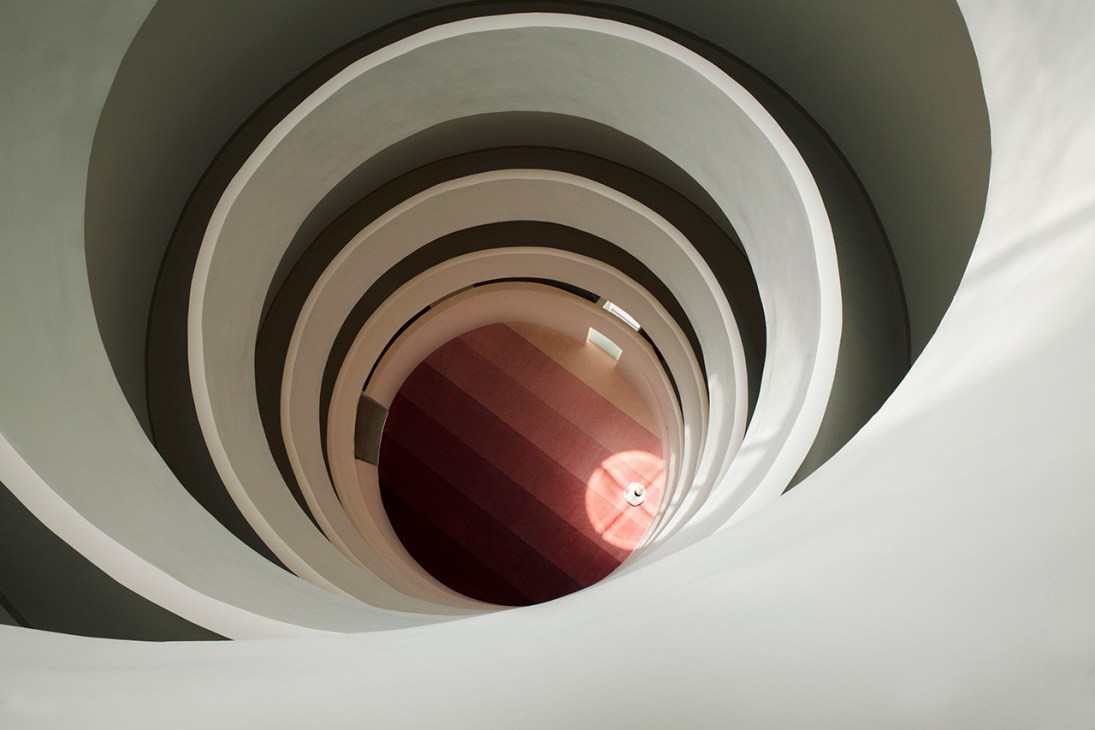
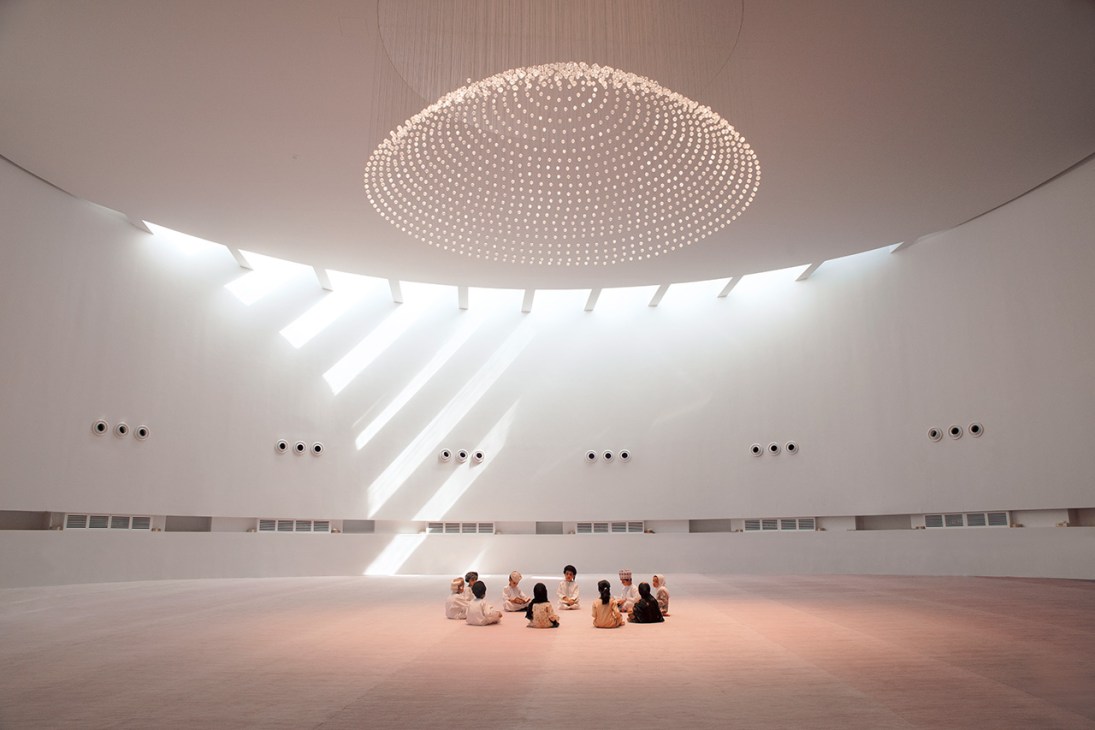
What guided the interior concept?
Najd Al Balushi: To make it timeless and free of distractions, we used minimal elements, built-ins or concealed tech. To maintain a column-free space, we made the roof more lightweight with hollow-core slabs, which also reduced the amount of concrete. Walls and windows harness wind to decrease AC demand and we studied the sun’s movement to minimise artificial lighting and create an ethereal brightness. The carpet is designed with a gradient, leading worshippers toward the illumination of the mihrab.
Outside its religious function, how does the mosque serve the wider community?
AA: A mosque is, above all, a gathering place. From day one, we saw Bab Al Salam grow into a community hub, with children playing, residents tending the trees and men breaking the Ramadan fast together. There’s coffee and dates for everyone and people congregate to talk about the neighbourhood. The nearby university often sends architecture students for site visits too. Here, most landmark buildings are designed by foreigners, so seeing Omanis create such projects offers a new model for younger generations.
